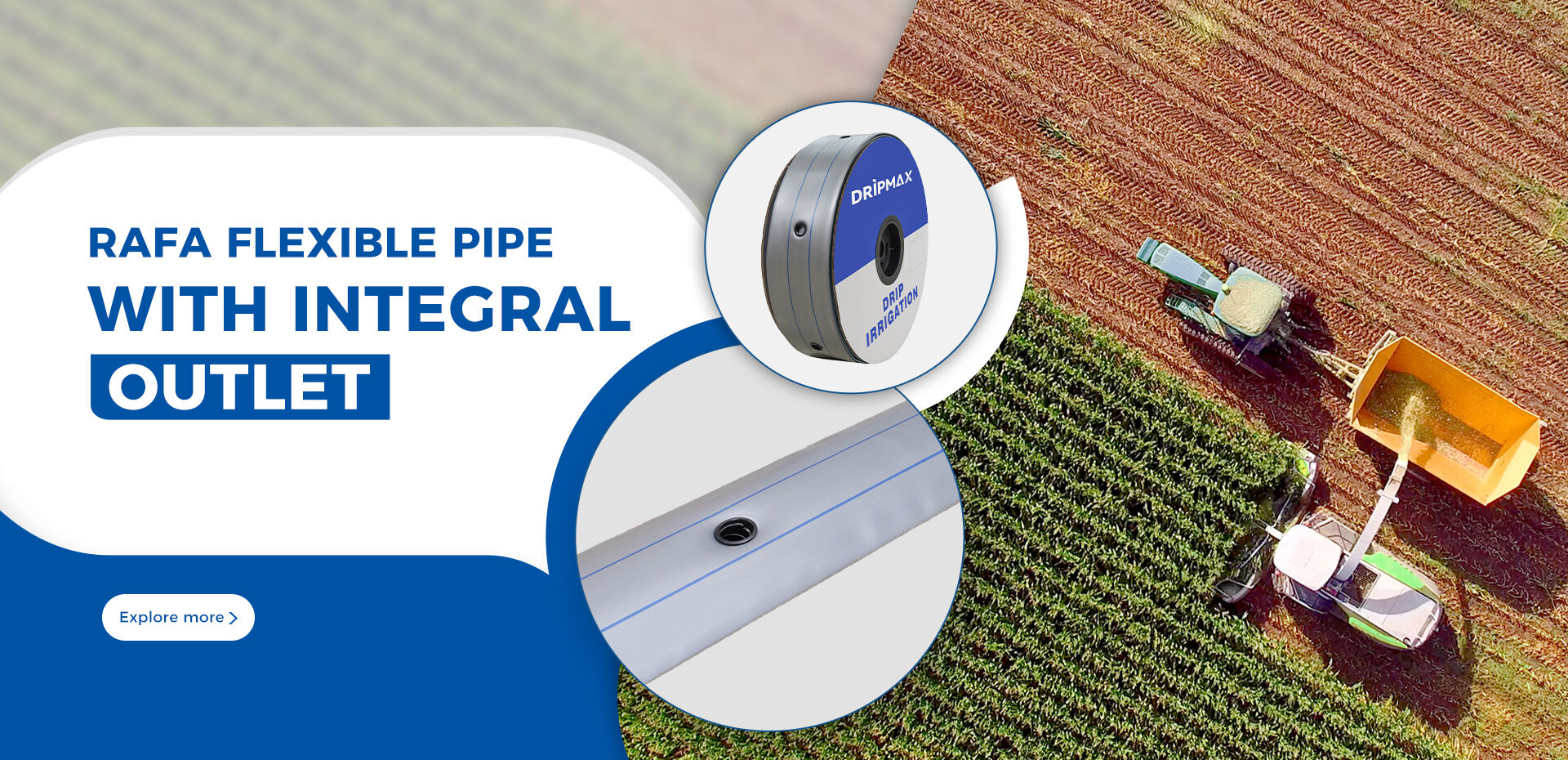How Often Should You Flush a Drip Line System
Essential Maintenance Guide for Drip Irrigation Systems
A well-maintained drip line system is crucial for efficient garden and landscape irrigation. Regular maintenance, particularly flushing your drip line system, ensures optimal performance and longevity of your irrigation setup. Understanding when and how to flush your system can make the difference between thriving plants and costly repairs.
Many gardeners and landscapers overlook the importance of regular system flushing, leading to reduced efficiency and potential system failure. This comprehensive guide will explore the optimal frequency for flushing your drip line system and provide expert maintenance tips to keep your irrigation running smoothly.
Understanding Drip Line System Maintenance Schedules
Seasonal Flushing Requirements
The frequency of flushing your drip line system largely depends on your water quality and environmental conditions. As a general rule, you should flush drip line system components at least twice per growing season. However, areas with hard water or high mineral content may require more frequent maintenance.
Spring and fall are typically the most crucial times to flush drip line system networks. Spring cleaning prepares your system for peak growing season, while fall maintenance helps prevent winter damage and ensures proper system shutdown.
Water Quality Considerations
The quality of your irrigation water significantly impacts how often you need to flush drip line system components. Municipal water users might need less frequent flushing compared to those using well water or surface water sources. Well water often contains higher mineral concentrations, requiring more regular maintenance to prevent calcium and mineral buildup.
Testing your water quality can help determine optimal flushing schedules. High sediment levels or mineral content may necessitate monthly flushing, while cleaner water sources might only require quarterly maintenance.
Signs Your Drip Line Needs Flushing
Physical Indicators
Several visible signs indicate it's time to flush drip line system components. Watch for uneven water distribution, reduced flow rates, or plants showing signs of stress despite regular irrigation. These symptoms often signal that sediment or mineral deposits are restricting water flow.
Inspect emitters regularly for signs of clogging or irregular spray patterns. If you notice water pooling around certain emitters while others appear dry, it's time to flush drip line system sections to restore proper flow.
Performance Changes
Monitor your system's overall performance and pressure readings. A gradual decrease in system pressure or increasing runtime requirements to achieve the same soil moisture levels typically indicates the need for flushing. Keep detailed records of system performance to identify patterns and optimize maintenance schedules.
Regular pressure testing at various points in your drip line system can help identify potential blockages before they cause significant problems. Document these readings to establish baseline performance metrics and track system health over time.

Professional Maintenance Protocols
Systematic Flushing Procedures
Professional irrigation technicians recommend following a structured approach when you flush drip line system components. Start by opening end caps on main lines and systematically work through subsections. Maintain adequate water pressure during flushing to effectively remove debris and mineral deposits.
The flushing process should continue until water runs clear from all system endpoints. This might take several minutes per section, depending on system size and contamination levels. Always check filter screens during this process and clean or replace them as needed.
Advanced Maintenance Techniques
Beyond basic flushing, consider implementing advanced maintenance procedures such as chemical treatments or specialized cleaning solutions designed specifically for drip irrigation systems. These treatments can help dissolve mineral deposits and prevent biological growth within the lines.
Professional-grade maintenance might include pressure washing of main lines or the use of compressed air to clear stubborn blockages. However, these techniques should only be performed by qualified technicians to avoid system damage.
Prevention and Long-term Care
Filtration Systems
Installing and maintaining proper filtration is crucial to reducing how often you need to flush drip line system components. Quality filters can significantly decrease sediment accumulation and extend periods between necessary flushings. Regular filter cleaning or replacement should be part of your maintenance routine.
Consider implementing multi-stage filtration for optimal protection. This might include screen filters for larger particles, disc filters for medium-sized contaminants, and sand media filters for the finest particulates.
Water Treatment Solutions
Water treatment options can help reduce mineral buildup and extend time between system flushings. Installing water softeners or injection systems for anti-scaling chemicals may be worthwhile investments for systems using hard water sources.
Regular water quality monitoring and adjusting treatment protocols accordingly helps maintain optimal system performance. This proactive approach often reduces the frequency of required system flushings while extending equipment lifespan.
Frequently Asked Questions
What happens if I don't regularly flush my drip line system?
Neglecting to flush drip line system components can lead to complete emitter blockage, uneven water distribution, reduced system efficiency, and potentially total system failure. Regular maintenance prevents these issues and extends system lifespan.
Can I flush my drip line system during the growing season?
Yes, you can safely flush drip line system sections during the growing season. In fact, regular maintenance during active growth periods helps ensure optimal plant health and water distribution. Just be careful not to disturb plant roots during the process.
How long should I flush each section of my drip line system?
Each section should be flushed until water runs clear from the end caps, typically taking 3-5 minutes per zone. However, heavily contaminated systems may require longer flushing times to achieve thorough cleaning.

